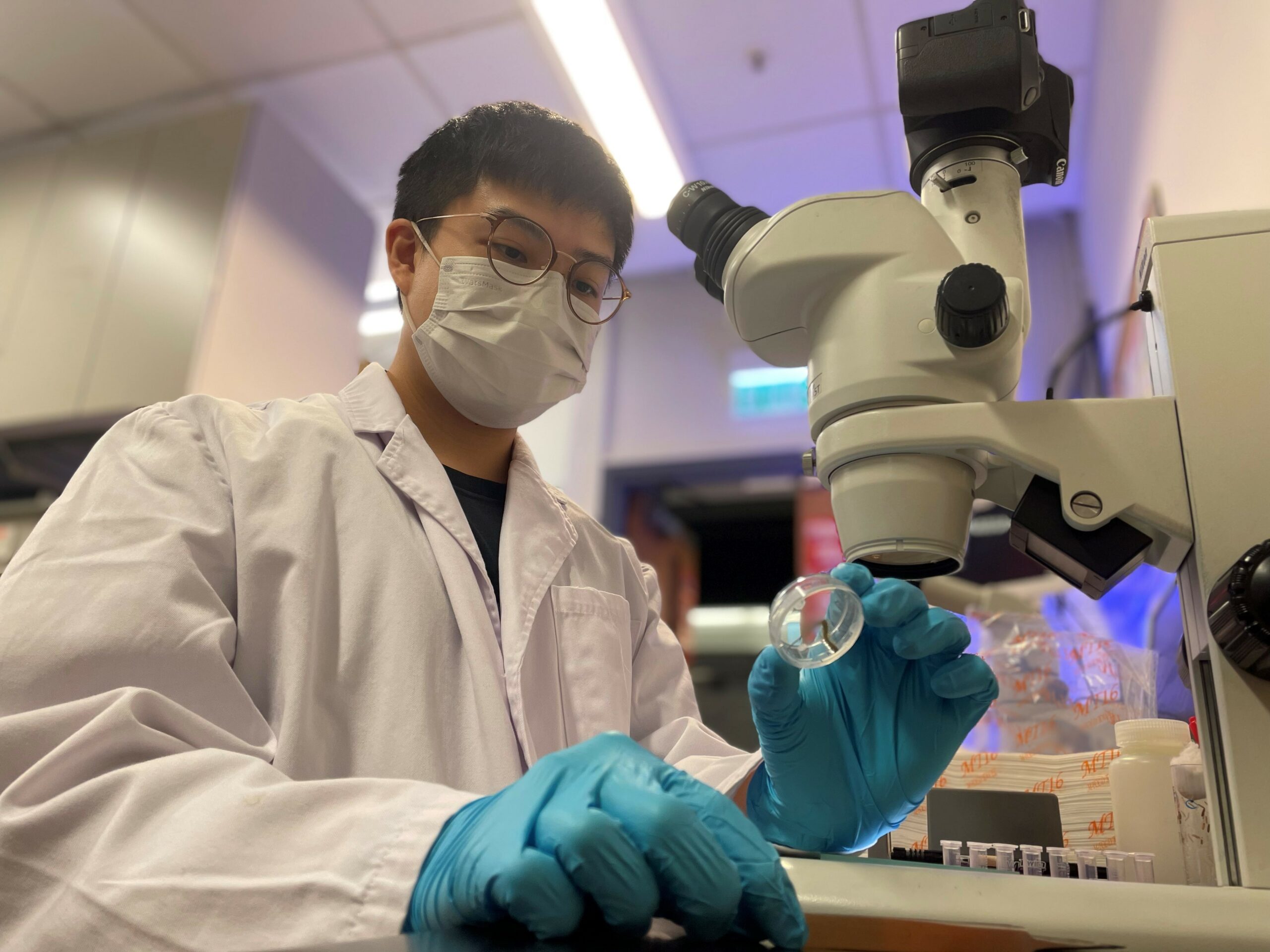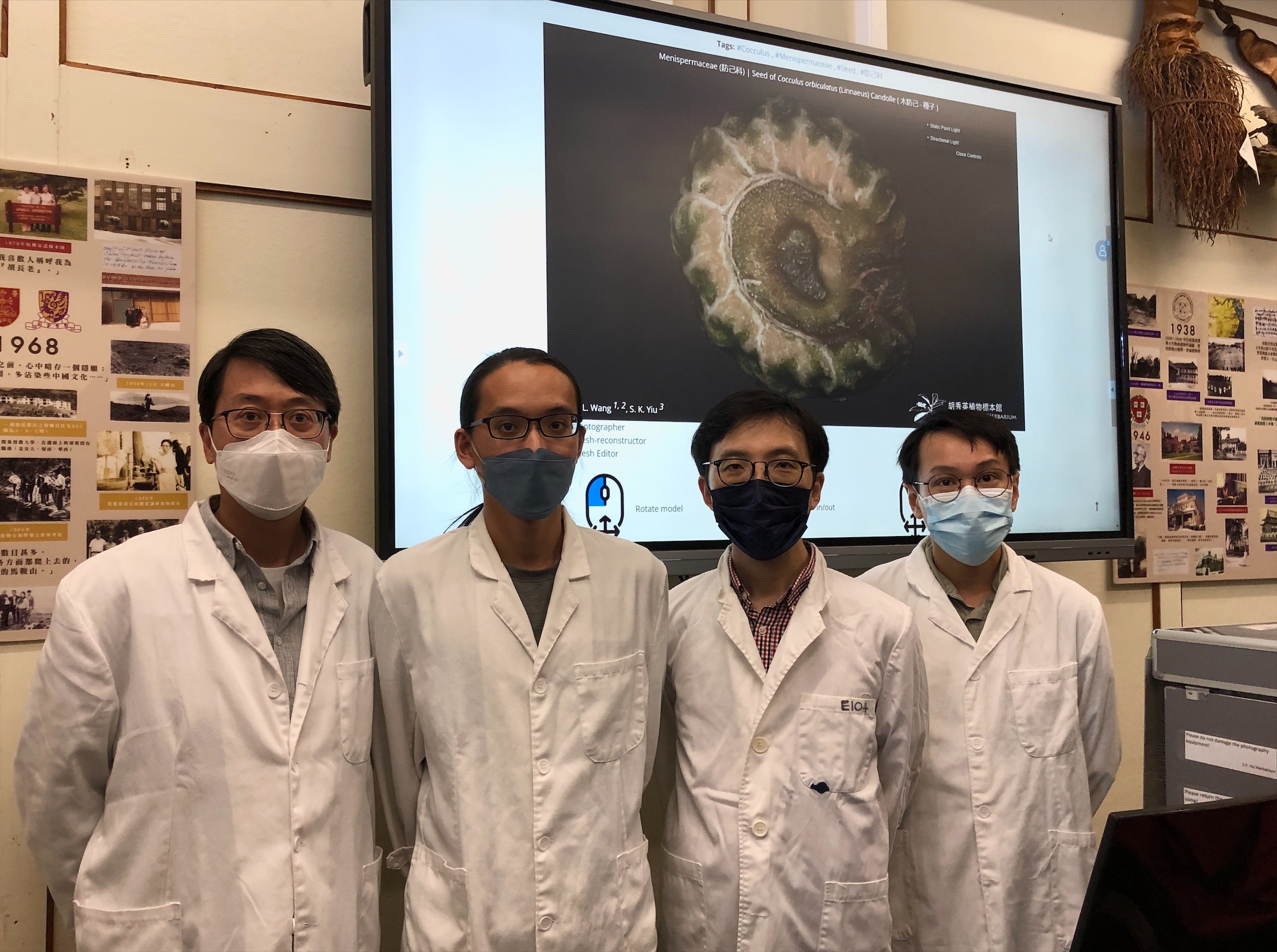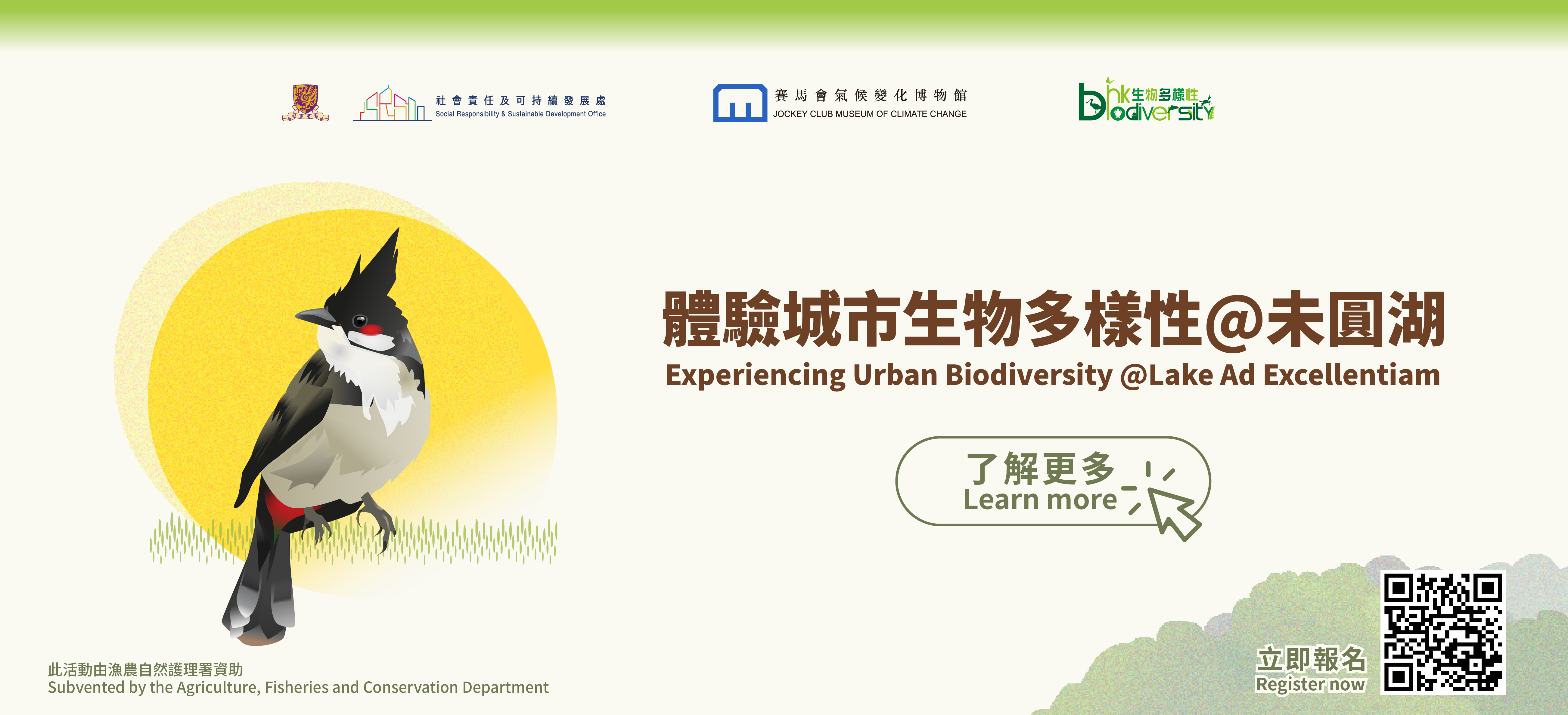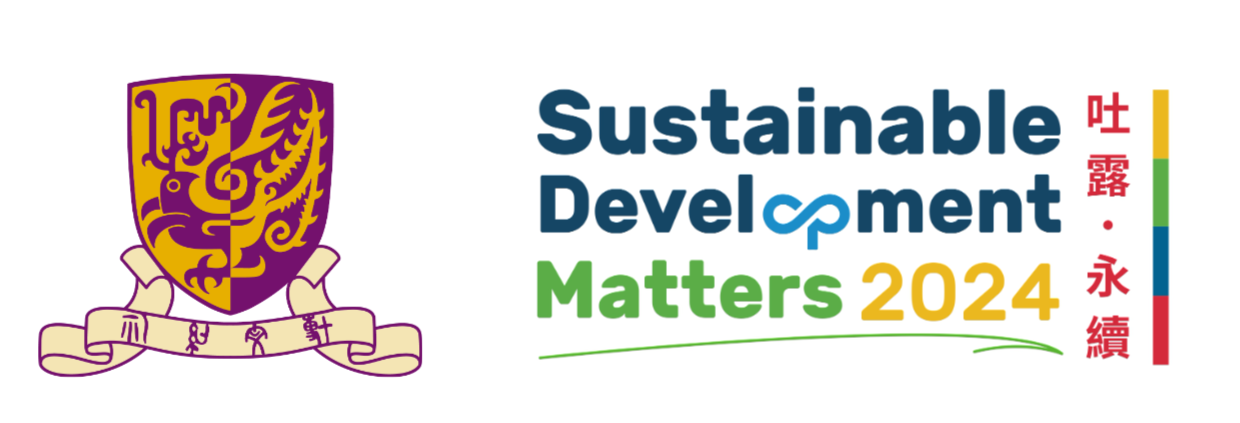SDG 15| Life on Land
Protect, restore and promote sustainable use of terrestrial ecosystems, sustainably manage forests, combat desertification, and halt and reverse land degradation and halt biodiversity loss
Curriculum
Policies
Under the University’s Sustainable Procurement Policy and Sustainable Procurement Guidelines, the purchase of black moss is strictly prohibited, and its consumption is prohibited in any meals served at campus restaurants or at any activities organized or paid for by the University.
Research
Myriapods, such as centipedes and millipedes, play important ecological roles by recycling nutrients in soil and forest ecosystems. Biologists at CUHK have sequenced the whole genome of nine centipede and millipede species, creating a useful new myriapod gene repertoire analysis tool. These high-quality reference genomes revealed several gene alternations that led to divergent behaviours, including predatory and detritivorous, in these two myriapod cousins and provided essential insights into the genomic evolution of myriapods. The research findings have been published in the journal Nature Communications.

A herbarium at your fingertips
The Shiu-Ying Hu Herbarium of the School of Life Sciences has established an innovative 3D database of plant specimens. Through the combined efforts of plant taxonomy and photogrammetry, the Virtual Carpological Herbarium of Fruits and Seeds showcases more than 300 specimens, including 200 native ones in 3D models, providing an insightful reference for native plant identification, ecological surveys, and conservation of rare and endangered species.

Educational programme on ecosystems
CUHK is home to numerous plant and animal species, and its campus offers a good demonstration of how artificial habitats can serve as wildlife habitats in urban areas. This valuable lesson is promoted by ‘Experiencing Urban Biodiversity @Lake Ad Excellentiam’, a community project co-organized by the Social Responsibility and Sustainable Development Office and the Jockey Club Museum of Climate Change, and subvented by the Agriculture, Fisheries and Conservation Department. The project promotes nature exploration and appreciation of local urban biodiversity. Through the virtual learning portal and a series of workshops and outdoor activities around Lake Ad Excellentiam at CUHK, participants can explore and connect with nature while learning about the importance of biodiversity conservation.

PREVIOUS
Life Below Water
SDG 14
NEXT
Peace, Justice and Strong Institutions
SDG 16
